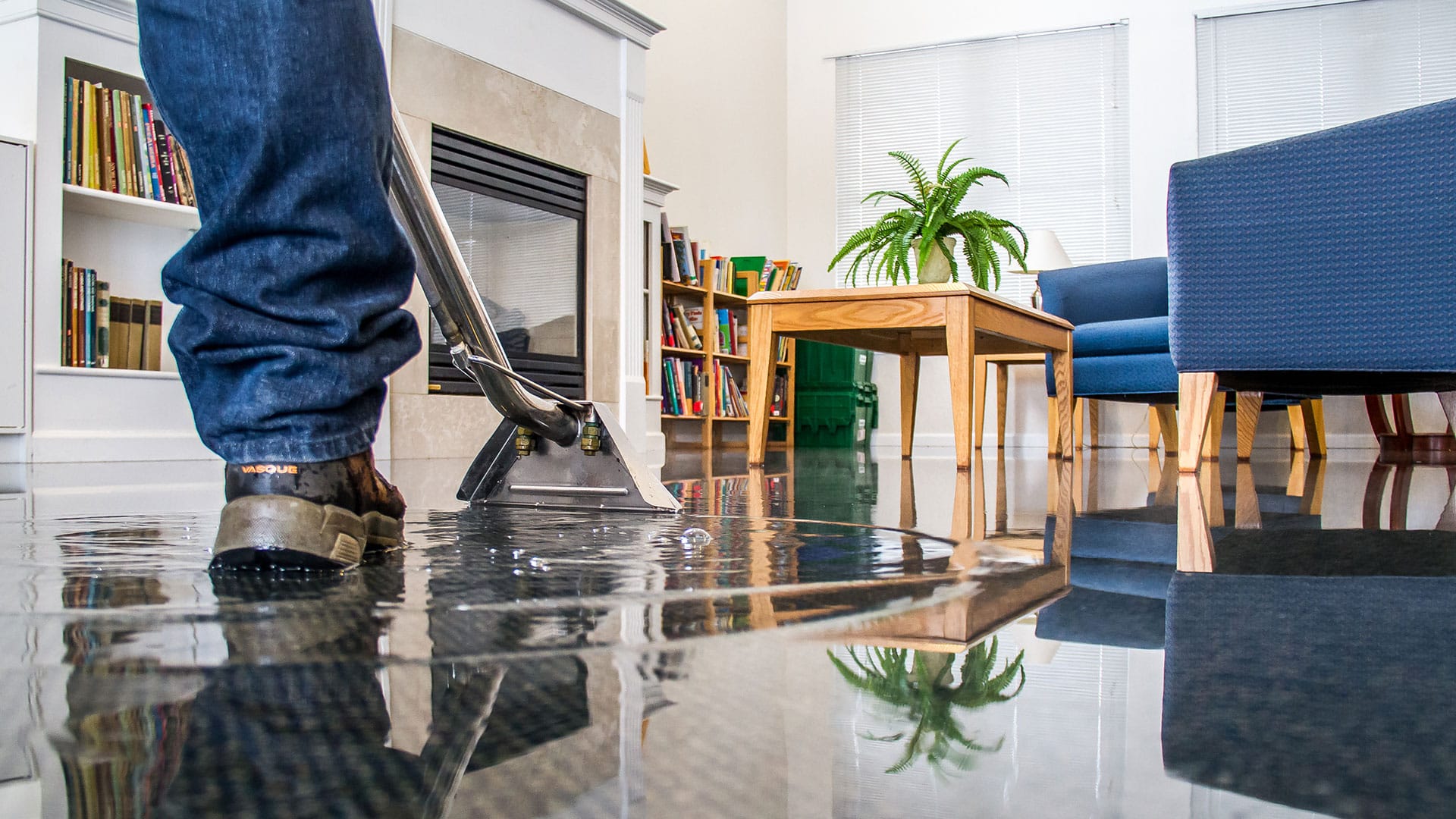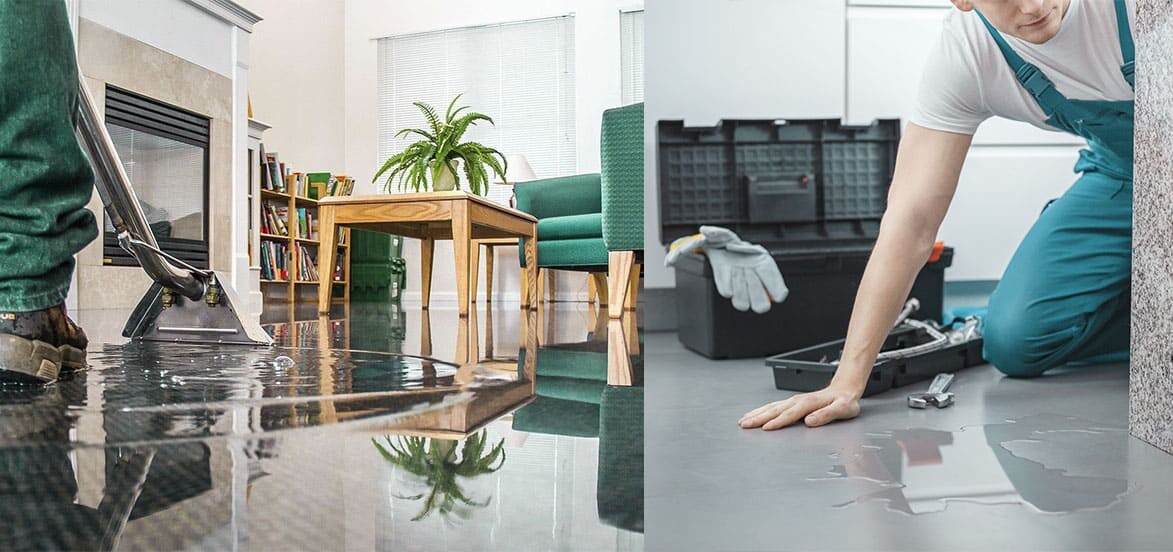A first-timer’s guide to understanding Water Damage Restoration
Wiki Article
Water Damage Restoration 101: Recognizing the Process and Price
Water damage can strike suddenly, leaving property owners in a state of confusion. Comprehending the repair procedure is vital for reliable recovery. From reviewing the damage to picking the ideal provider, each step impacts the general result and expense. Factors such as the sort of water damage and urgency additionally play a significant duty. What are the particular techniques made use of in repair, and exactly how can one prepare for potential expenditures?Kinds Of Water Damage

Preliminary Assessment and Examination

Water Removal Methods
Following the initial evaluation, efficient water removal techniques are employed to reduce damage and avoid additional problems. These methods include making use of specialized devices such as industrial-grade vacuums and submersible pumps - Water Damage Restoration. The selection of method depends upon the quantity of water existing and the sort of materials affected. For standing water, submersible pumps are commonly utilized for rapid removal, while vacuums are suitable for drawing out water from rugs and furniture. In addition, progressed approaches like water removal mats might be utilized for hard-to-reach locations - Flood Cleanup Services. The objective is to get rid of as much water as feasible, decreasing the capacity for mold growth and structural damage. Trigger and reliable water extraction is necessary in the total water damage reconstruction procedureDrying Out and Dehumidification Process
As soon as the water removal is full, the drying out and dehumidification procedure comes to be vital to restoring the afflicted area. This stage generally utilizes industrial-grade dehumidifiers and air moving companies to effectively minimize dampness levels. The dehumidifiers pull in moist air, removing excess humidity, while air moving companies flow air to increase evaporation. Tracking equipment is typically made use of to track humidity and temperature level degrees, guaranteeing suitable drying conditions. The duration of this procedure can differ depending upon the extent of the water damage and ecological aspects. It is necessary to thoroughly dry all impacted materials, consisting of walls, flooring, and home furnishings, to prevent mold development and structural damage. Correct execution of this step is essential for a successful remediation end result.Cleaning Up and Sterilizing Affected Locations
Once the drying procedure is complete, a comprehensive first evaluation and inspection of impacted areas is essential to determine contamination degrees. Efficient cleaning strategies and appropriate items should after that be employed to get rid of particles and stains. Finally, sanitization and sanitation approaches are important to ensure that hazardous virus are gotten rid of, restoring the room to a secure conditionFirst Analysis and Inspection
Before starting any kind of restoration efforts, a thorough initial evaluation and assessment of the affected areas are important for efficient cleansing and sterilizing. This process entails recognizing the extent of water damage, determining the source of the water intrusion, and examining the products influenced. Assessors commonly seek indicators of mold and mildew growth, structural stability problems, and damaged valuables. The evaluation also includes examining moisture levels utilizing customized equipment to guarantee no hidden water pockets remain, as these can lead to further difficulties. Documenting the findings is important for intending the next action in the remediation process. An in-depth first assessment makes it possible for remediation specialists to design a targeted approach for effective cleansing and sterilizing, ultimately reducing damage and wellness threats.Cleansing Strategies and Products
Efficient cleaning and disinfecting of water-damaged areas call for a variety of items and methods tailored to the particular products affected. For permeable surface areas like drywall and carpets, removal approaches are crucial to get rid of excess wetness, adhered to by deep cleaning with specialized cleaning agents. Non-porous materials such as floor tile or metal can be cleaned utilizing commercial-grade cleansers that successfully eliminate contaminants. Steam cleansing is an additional effective technique, specifically for rugs and upholstery, as it uses heats to remove germs and mold (Flood Cleanup Services). Additionally, green products are progressively popular for their safety and security and effectiveness - Water Extraction And Drying. Ultimately, selecting the appropriate cleansing approaches and items not just ensures prompt cleanliness yet likewise help in avoiding additional damage and carcinogen connected website with water breachSanitization and Disinfection Techniques
When addressing water damage, appropriate sanitization and disinfection techniques are necessary to assure the security and wellness of the affected environment. After preliminary cleansing, surface areas must be treated with proper disinfectants to remove pathogens, mold and mildew, and microorganisms that prosper in wet problems. Common techniques consist of using EPA-approved chemical disinfectants, which can be applied via splashing or wiping techniques. Additionally, ultraviolet (UV) light systems can efficiently disinfect areas by counteracting microorganisms without severe chemicals. The selection of method often depends upon the type of materials impacted and the degree of contamination. Eventually, complete sanitization not just recovers a secure living room yet likewise assists stop future health and wellness dangers connected with lingering moisture and mold and mildew development.
Repairs and Restoration Options
Examining the damage caused by water direct exposure is essential for establishing the ideal repair services and remediation choices. Property owners might deal with different issues, including damaged drywall, distorted floor covering, and jeopardized structural aspects. Depending upon the degree of the damage, repair work might entail changing areas of drywall, setting up new flooring, or reinforcing structural beams. In cases of severe damage, full substitute of afflicted materials could be necessary. Additionally, professional conservators usually advise utilizing wetness meters to evaluate covert wetness degrees before picking the very best strategy. It is necessary to act quickly to stop mold and mildew development and additional deterioration. Picking the best choices not only brings back the property however additionally guarantees lasting security and capability.Variables Influencing Restoration Costs

The degree of water damage directly influences the remediation sets you back house owners can anticipate to incur. Elements such as the source of the water, the duration of direct exposure, and the afflicted products substantially influence prices. Clean water damage from a damaged pipe is typically less costly to restore contrasted to damage created by sewer. Additionally, the degree of contamination determines the demand for specialized cleansing and disposal services, even more enhancing expenses. Geographic location also plays a function, as regional labor prices and schedule of reconstruction services can vary. The seriousness of the feedback affects prices; quicker treatments normally lead to lower overall expenses by protecting against further damage. Recognizing these factors is vital for property owners when estimating reconstruction expenses.
The three primary kinds of water damage are categorized based on contamination degrees: clean water, grey water, and black water. A complete first assessment and inspection are crucial steps in the water damage remediation procedure. For standing water, submersible pumps are generally made use of for rapid elimination, while vacuums are excellent for drawing out water from carpetings and upholstery. The level of water damage straight affects the reconstruction sets you back property owners can expect to sustain. Clean water damage from a busted pipe is generally less pricey to restore compared to damage created by sewer.
Report this wiki page